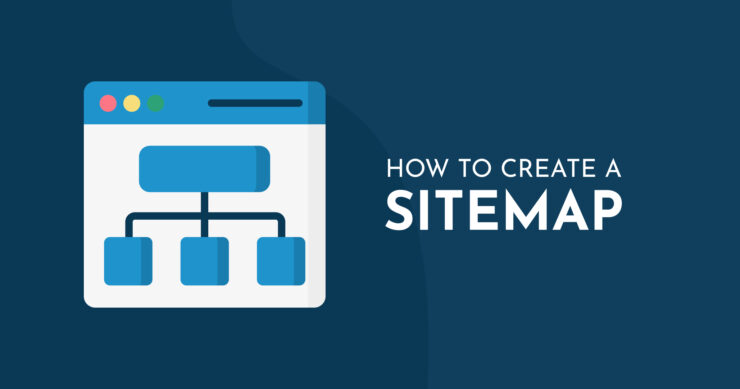
When designing a sitemap for a website, several critical considerations come into play to ensure the site’s structure is user-friendly, efficient for search engines to crawl and aligns with the site’s goals. First and foremost, understanding the website’s purpose and audience is crucial. This foundational step helps in organizing the website’s content in a way that meets the users’ needs and expectations, making navigation intuitive and straightforward.
Content hierarchy is another vital aspect. It involves structuring the website’s content from the most general to the most specific. This not only aids in creating a logical flow that users can easily follow but also helps in defining the architecture of the site, including main categories and subcategories. The goal is to ensure that users can find the information they seek with minimal clicks, enhancing user experience.
Finally, considering the scalability and flexibility of the sitemap is essential. As websites grow and evolve, their sitemap should be able to accommodate new content, features, or changes in the organization without requiring a complete overhaul. This foresight in planning can save time and resources in the long run and help maintain a cohesive structure that supports both user engagement and search engine optimization (SEO) efforts.
In addition, once the sitemap is completed, it’s important to remember to update your sitemap regularly as you add, remove, or update pages on your website to ensure search engines have the most current view of your site. Creating a sitemap is a simple and effective way to improve the visibility of your website and attract more visitors. By taking the time to create a sitemap, you can give your website the best chance of success in the competitive online world.

